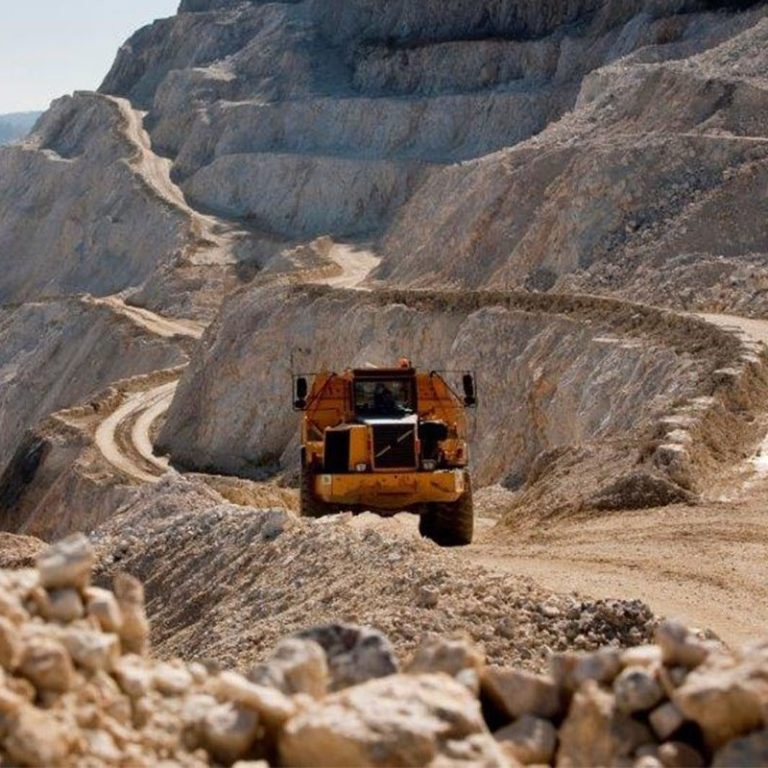Iran’s Rich Mining Industry: A Source of Natural Wealth and Economic Potential
Iran, with its diverse geological landscape, is home to a wealth of mineral resources that have played a significant role in the country’s economy and history. The mining industry in Iran dates back thousands of years, with evidence of mining activities found in ancient archaeological sites across the region. Today, Iran’s mining sector continues to be a vital component of the country’s economy, contributing to both domestic development and international trade.
Geological Diversity and Mineral Resources:
Iran’s geological diversity encompasses a wide range of mineral deposits, including copper, iron ore, coal, zinc, lead, chromite, and precious metals such as gold and silver. The country’s mineral reserves are among the largest in the world, providing ample opportunities for exploration and extraction. Iran’s strategic location along major mineral belts has made it a key player in the global mining industry.
Historical Significance:
Mining has been an integral part of Iran’s history, dating back to ancient civilizations such as the Elamites, the Medes, and the Achaemenids. These early societies engaged in mining activities to extract minerals for various purposes, including crafting tools, weapons, and ornaments. The rich mineral deposits in Iran have attracted the attention of numerous empires and civilizations throughout history, shaping the country’s economic and cultural landscape.
Modern Mining Practices:
In recent decades, Iran has made significant advancements in modernizing its mining sector, adopting state-of-the-art technologies and best practices to enhance efficiency and sustainability. The government has implemented policies to attract foreign investment, promote exploration activities, and develop infrastructure to support the mining industry. These efforts have led to increased production levels and improved operational standards in Iran’s mines.
Challenges and Opportunities:
Despite its vast mineral wealth, Iran’s mining industry faces challenges such as outdated infrastructure, environmental concerns, and regulatory hurdles. Addressing these challenges requires continued investment in infrastructure development, environmental protection measures, and regulatory reforms to ensure sustainable mining practices. By overcoming these obstacles, Iran can further capitalize on its mineral resources and unlock the full potential of its mining sector.
International Cooperation and Trade:
Iran’s mining industry plays a crucial role in the country’s international trade, with mineral exports contributing significantly to the national economy. The government has established partnerships with foreign companies and investors to promote joint ventures, technology transfer, and knowledge sharing in the mining sector. Collaborative efforts with international organizations and neighboring countries have further enhanced Iran’s position in the global mining market.
Future Prospects:
As Iran continues to invest in its mining industry and explore new mineral reserves, the sector holds promising prospects for growth and development. By leveraging its natural resources, adopting sustainable practices, and fostering innovation, Iran can further strengthen its position as a key player in the global mining industry and drive economic prosperity for the country.
Conclusion:
Iran’s mining industry stands as a testament to the country’s natural wealth, historical legacy, and economic potential. With its rich mineral resources, geological diversity, and strategic location, Iran is well-positioned to capitalize on the opportunities offered by the global mining market. By embracing modern practices, addressing challenges, and fostering international cooperation, Iran can pave the way for a prosperous and sustainable future for its mining sector.

